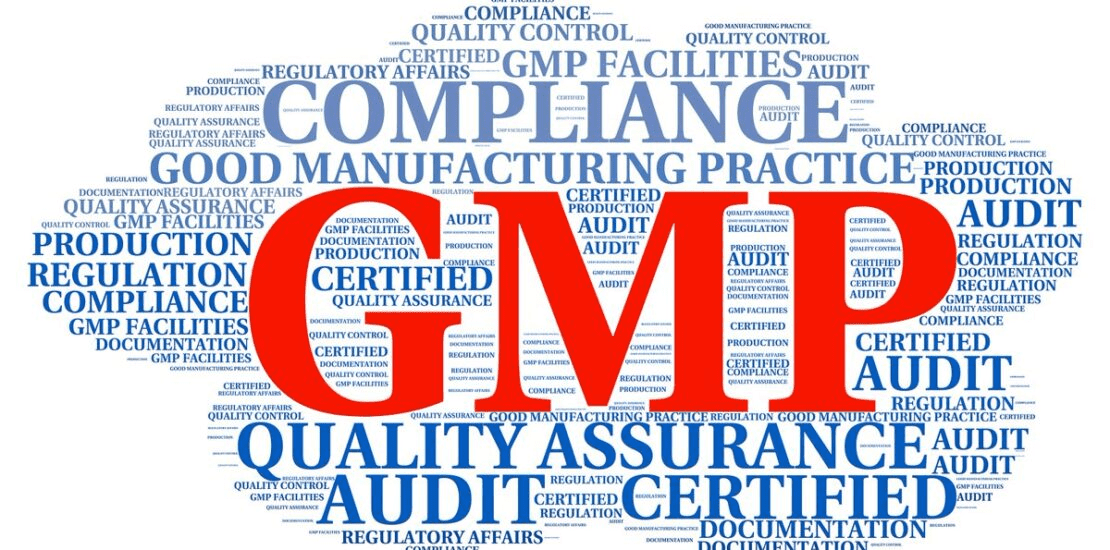Introduction
Good Manufacturing Practices (GMP) are a set of guidelines and regulations that ensure the quality, safety, and consistency of manufactured products, particularly in industries such as pharmaceuticals, food, cosmetics, and medical devices. GMP training is essential for personnel involved in these industries to maintain compliance with regulatory standards and to safeguard consumer health. This article explores the importance of GMP training, covering four key subtopics: the fundamentals of GMP, the role of training in compliance, key components of effective GMP training programs, and the benefits of ongoing GMP education. By understanding these aspects, organizations can foster a culture of quality and accountability.
The Fundamentals of GMP
Good Manufacturing Practices are established by regulatory bodies such as the U.S. Food and Drug Administration (FDA), the European Medicines Agency (EMA), and the World Health Organization (WHO). These guidelines outline the minimum standards for the production, testing, and distribution of products to ensure they are safe, effective, and of high quality. GMP covers various aspects of manufacturing, including facility cleanliness, equipment maintenance, personnel hygiene, process validation, and documentation.
The core principle of GMP is to minimize risks that could compromise product quality, such as contamination, cross-contamination, or errors in production. For instance, GMP requires strict control over raw materials, ensuring they are tested and stored properly before use. Similarly, it mandates detailed record-keeping to trace every step of the manufacturing process, enabling quick identification and resolution of issues. Understanding these fundamentals is the first step in GMP training, as employees must grasp the "why" behind the rules to apply them effectively. Without a solid foundation in GMP principles, workers may fail to recognize the importance of their roles in maintaining product integrity.
The Role of Training in Compliance
Compliance with GMP regulations is non-negotiable for companies in regulated industries. Non-compliance can lead to severe consequences, including product recalls, fines, legal action, and damage to a company’s reputation. GMP training plays a critical role in ensuring that all employees, from operators to quality assurance staff, understand and adhere to these standards. Training ensures that personnel are aware of the latest regulatory requirements and can implement them in their daily tasks.
Regulatory bodies frequently audit manufacturing facilities to verify compliance. During these audits, inspectors often review training records to confirm that employees have received adequate instruction. A well-trained workforce demonstrates a company’s commitment to quality and can help avoid costly penalties. Moreover, training fosters accountability, as employees understand that their actions directly impact product safety and regulatory compliance. For example, improper cleaning of equipment could lead to contamination, but a trained employee will follow validated cleaning procedures to prevent such risks. Regular GMP training ensures that compliance becomes second nature, reducing the likelihood of errors.
Key Components of Effective GMP Training Programs
An effective GMP training program is structured, comprehensive, and tailored to the specific needs of the organization and its employees. Several key components contribute to the success of such programs:
-
Customized Content: Training should be relevant to the roles and responsibilities of the employees. For instance, production staff may need detailed instruction on equipment handling, while quality control personnel require training on testing protocols. Customized content ensures that employees learn practical skills applicable to their jobs.
-
Interactive and Engaging Methods: Effective training goes beyond lectures and manuals. Incorporating interactive elements such as case studies, simulations, and hands-on practice helps employees retain information. For example, a mock audit scenario can teach workers how to respond to regulatory inspections confidently.
-
Regular Updates: GMP regulations evolve, and training programs must reflect these changes. Annual or periodic refresher courses keep employees informed about new guidelines, technologies, or industry best practices. This is especially important in industries like pharmaceuticals, where advancements in manufacturing processes occur frequently.
-
Assessment and Feedback: Training programs should include assessments to evaluate employees’ understanding of GMP principles. Quizzes, practical demonstrations, or scenario-based questions can gauge competency. Feedback from these assessments helps identify gaps in knowledge and areas for improvement.
By incorporating these components, organizations can ensure that their GMP training programs are effective and aligned with regulatory expectations.
Benefits of Ongoing GMP Education
Ongoing GMP education offers numerous benefits that extend beyond compliance. First, it enhances product quality by equipping employees with the knowledge to maintain high standards throughout the manufacturing process. Consistent quality reduces the risk of defective products reaching consumers, protecting both the company and its customers.
Second, continuous training boosts employee confidence and morale. When workers understand GMP requirements and their role in meeting them, they feel empowered to perform their duties effectively. This can lead to higher job satisfaction and lower turnover rates. For instance, an employee who receives regular training on proper documentation practices is less likely to make errors, reducing stress and increasing efficiency.
Third, ongoing education fosters a culture of quality within the organization. When all employees, from entry-level staff to management, prioritize GMP principles, it creates a unified commitment to excellence. This culture can differentiate a company in a competitive market, as customers and regulators recognize its dedication to safety and quality.
Finally, GMP training can lead to cost savings. By preventing errors, contamination, or non-compliance issues, companies avoid the financial burden of recalls, rework, or regulatory fines. For example, a pharmaceutical company that invests in GMP training may prevent a costly batch failure due to improper handling, saving millions in potential losses.
Conclusion
GMP training is a cornerstone of quality assurance in regulated industries, ensuring that products are safe, effective, and compliant with stringent standards. By understanding the fundamentals of GMP, recognizing the role of training in compliance, implementing effective training programs, and embracing ongoing education, organizations can uphold the highest standards of manufacturing excellence. The benefits of GMP training—improved product quality, enhanced employee performance, a strong culture of quality, and cost savings—make it an indispensable investment for any company in a regulated industry. As regulations evolve and industries advance, continuous GMP training will remain essential for maintaining consumer trust and regulatory compliance. By prioritizing education, companies not only meet legal requirements but also build a foundation for long-term success.







